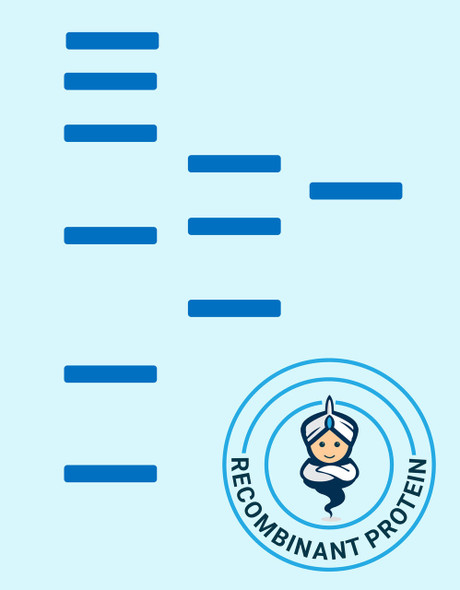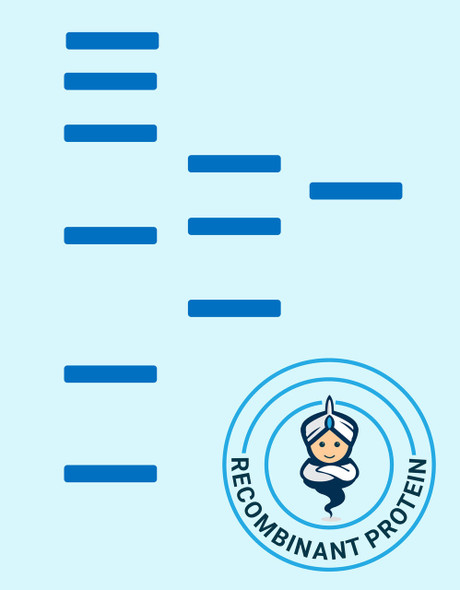Description
system_update_altDatasheet
| Product name | Human P2RX7 full length protein-synthetic nanodisc |
| Size: | 10ug |
| Product SKU: | HDFP030 |
| Product Category | Full Length Transmembrane Proteins |
| Target: | P2RX7 |
| Uniprot: | Q99572 |
| Description: | Human P2RX7 full length protein-synthetic nanodisc |
| Molecular Weight: | The human full length P2RX7 protein has a MW of 68.4 kDa |
| Protein Family: | Druggable Genome, Ion Channels: ATP Receptors, Transmembrane |
| Protein Pathways: | Calcium signaling pathway, Neuroactive ligand-receptor interaction |
| Storage & Shipping: | Store at -20°C to -80°C for 12 months in lyophilized form. After reconstitution, if not intended for use within a month, aliquot and store at -80°C (Avoid repeated freezing and thawing). Lyophilized proteins are shipped at ambient temperature. |
| Synonyms: | P2X7 |
| Expression System: | HEK293 |
| Formulation: | Lyophilized from nanodisc solubilization buffer (20 mM Tris-HCl, 150 mM NaCl, pH 8.0). Normally 5% - 8% trehalose is added as protectants before lyophilization. Please see Certificate of Analysis for specific instructions. |
| Background: | The product of this gene belongs to the family of purinoceptors for ATP. This receptor functions as a ligand-gated ion channel and is responsible for ATP-dependent lysis of macrophages through the formation of membrane pores permeable to large molecules. Activation of this nuclear receptor by ATP in the cytoplasm may be a mechanism by which cellular activity can be coupled to changes in gene expression. Multiple alternatively spliced variants have been identified, most of which fit nonsense-mediated decay (NMD) criteria. [provided by RefSeq, Jul 2010] |
| Delivery: | 3-4 weeks |
| Usage | Research use only |






